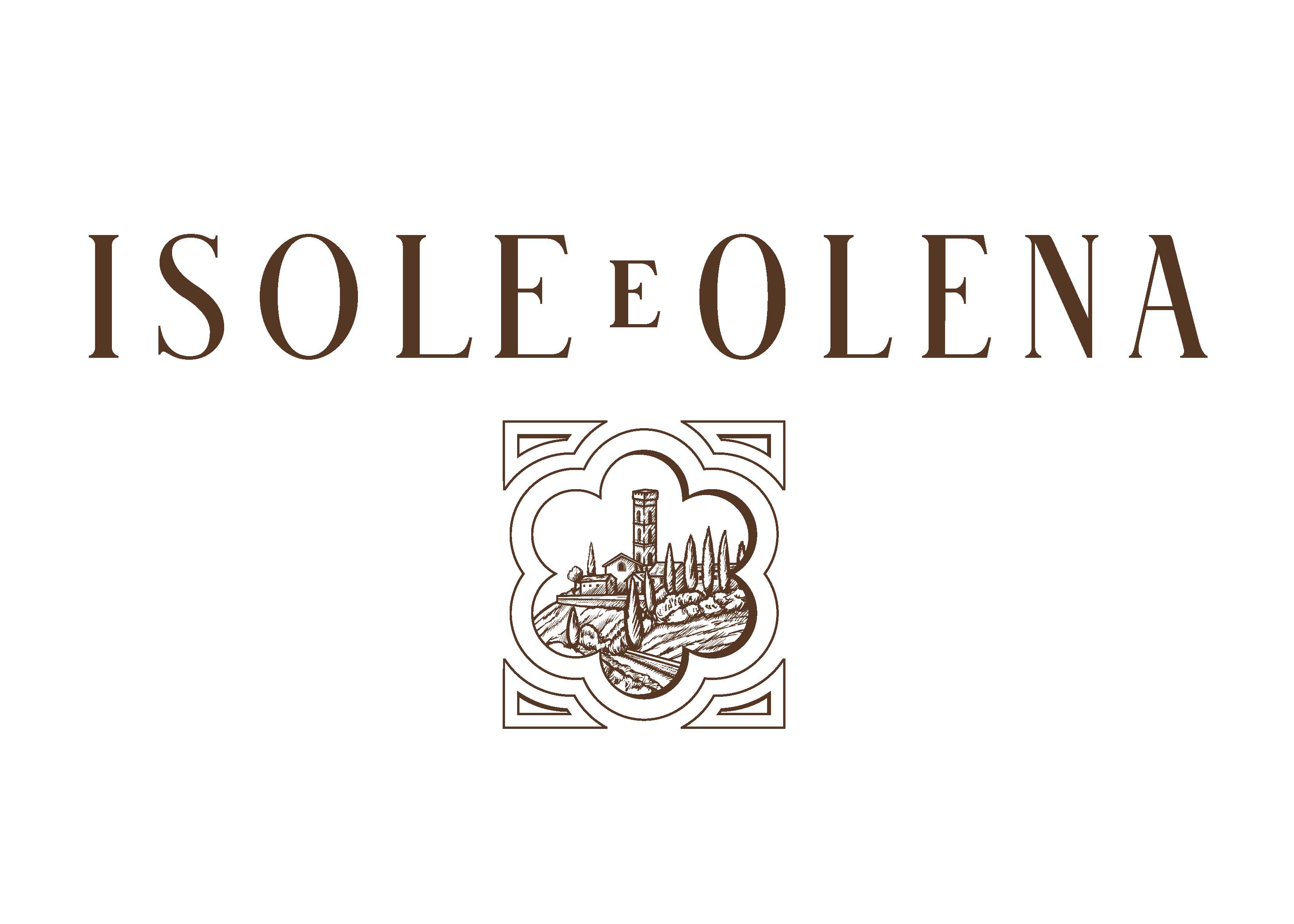Isole e Olena, Chianti Classico Gran Selezione


Vintage: 2016
| Vintage | Product Code | Format | Closure | Availability |
|---|---|---|---|---|
| 2016 | IO110B16 | 3 x 75 | Natural Cork | Contact Us |
Producer
Isole e Olena’s vineyards, like those of Giovanni Manetti at Fontodi, are superbly tended. More than anything, this yields wines of the quality that have kept both these Chianti wineries ahead of the chasing pack for the past three decades.
The name ‘Isole e Olena’ came about in the 1950s when two adjoining estates, ‘Isole’ and ‘Olena’, were purchased by the De Marchi family and combined to form one. The history of both dates back hundreds of years, with the earliest documentation of the village of Olena in the 12th century. In 2022 Isole e Olena was purchased by Christopher Descours, the owner of Charles Heidsieck, Piper-Heidsieck, Rare Champagne, Château la Verrerie and Biondi-Santi. Christopher and the new estate director Emanuele Reolon have a clear vision to build on Paolo De Marchi’s exceptional results, with a restless quest for quality and excellence.
Isole e Olena is in the western part of Chianti Classico, just north of the village of Castellina. Its 45 hectares of vineyard are planted between 350 – 450 metres above sea level, primarily on galestro soil (a kind of rocky, schistous clay). Because the western flank of Chianti is open to breezes from the sea, this is a much cooler part of the zone, resulting in lighter but more scented and elegant wines than many others.
The ‘Cepparello’ is made solely from Sangiovese. It is fragrant with great elegance and balance. The Chianti, a blend of 90% Sangiovese supplemented by Canaiolo, is scented and alluring. The barrel-fermented Chardonnay is outstanding, one of Italy’s best examples of this variety, boasting rich toasted almonds and butter aromas. The Vin Santo, aged for eight years in small barrels called ‘caratelli’, is also among the finest currently produced.
Vineyards
This wine is a special selection of the best grapes of the Isole e Olena estate. For 2016 vintage, Paolo selected a blend of 90% Sangiovese, and the remaining 10% is a blend of Cabernet Franc, Cabernet Sauvignon, Petit Verdot and Merlot. The estate vineyards are located on South/South-West facing slopes at an altitude of 400 to 480 metres above sea level, these are between the highest and westernmost vineyards of Chianti Classico, enjoying a cooler climate that gives a unique elegance to the wines. The soil is a combination of clay-shale (galestro) and limestone (alberese). The vines are 50 years old, planted at a density of 3,000-7,350 vines per hectare, and Guyot trained.
Vintage
2016 saw a very mild winter, but rainfall until the beginning of June allowed for important underground water reserves. Perfect temperatures during the spring and summer prompted the growth of plentiful and healthy fruit which flourished in the following dry, sunny and hot days alternating with cool nights. Heavy rainfall on 15th September brought 80 millilitres of rain over three days. The large diurnal temperature variation has given the 2016 vintage more defined aromatics than previous vintages.
Vinification
Grapes were fermented in open-top oak vats for three weeks, with punch downs performed daily. A small faction of the grapes were not destemmed and only indigenous yeasts were used. The wine aged for two years in French barriques and six months in oak casks, followed by three years in bottles before release. Paolo De Marchi says, "If a producer is going to make a Gran Selezione, it should at least be a new, different wine. It shouldn't just be a former Chianti Classico Riserva that's had an extra six months ageing, or a wine that used to be labelled as an IGT."
Tasting Notes & Technical Details
The nose displays subtle cherry and plum notes that burst onto the palate, which is broad and concentrated with firm acidity and impressive length. The fine tannins provide an exceptionally balanced backbone to this wine.
Alcohol (ABV)
15%
Other wines from this producer
Producer | Wine | Product Code | Features | Style | |
|---|---|---|---|---|---|
| Isole e Olena | Chardonnay | IO101 | W | Factsheet | |
| Chianti Classico | IO102 | R | Factsheet | ||
| `Cepparello` | IO103 | R | Factsheet | ||
| `Collezione Privata` Syrah | IO104 | R | Factsheet | ||
| Vin Santo | IO105 | Sw | Factsheet | ||
| `Collezione Privata` Cabernet Sauvignon | IO106 | R | Factsheet | ||
| Extra Virgin Olive Oil | IO108 | Factsheet |